A place so incredibly remote, so untouched, that the waters around it are basically holding secrets from thousands of years ago. That’s the Pitcairn Islands for you – a tiny bunch of volcanic islands way, way out there in the South Pacific Ocean. You’ve probably heard about them because of that whole HMS Bounty mutiny story, right? But guess what? These islands are now getting attention for something just as mind-blowing: the amazing marine life thriving just below the surface. So, let’s dive into the mostly untold story of what’s happening underwater around the Pitcairn Islands.
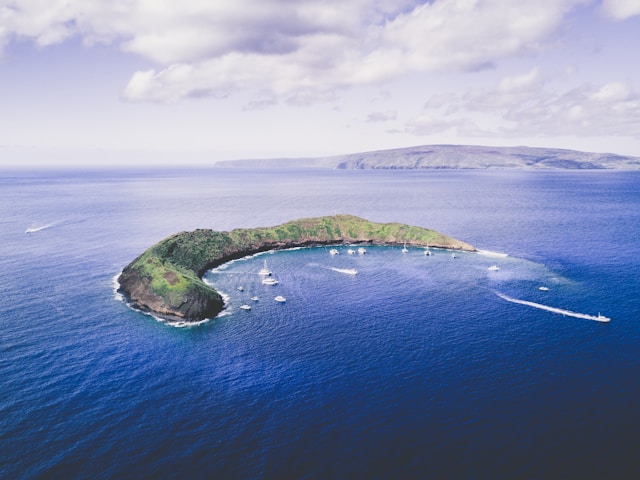
A Sanctuary Out in the Middle of Nowhere
Seriously, the Pitcairn Islands aren’t just far away; they’re one of the planet’s last really wild ocean spots. Knowing how special this place is, the UK government actually set up the Pitcairn Islands Marine Protected Area (MPA) back in 2016. And get this – it covers a massive 834,000 square kilometers! That makes it one of the biggest continuous marine reserves anywhere on Earth. Just think about that for a second – an area roughly 3.5 times the size of the UK, all set aside for protecting the ocean. Pretty cool, right? The whole point is to shield these pristine waters and all the diverse life in them from stuff like big industrial fishing operations and seabed mining. It’s all about making sure this underwater world stays a safe haven.
Taking a Peek at Pitcairn’s Underwater Neighborhoods
So, what’s the big deal about the underwater ecosystems around the Pitcairn Islands? Well, it’s basically a mix of a few things: being super isolated, having hardly any human impact (the population there is tiny!), and some unique underwater geography. The water? It’s amazingly clear. Often, you can see way down to some pretty impressive depths. This super clear water helps all sorts of vibrant life thrive, from the shallow areas right down to the deep, dark abyssal plains.
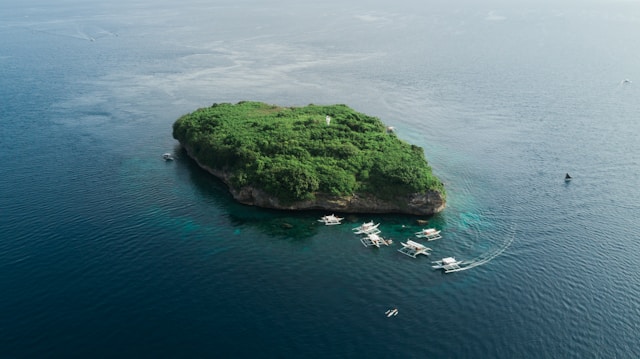
A lot of this life really depends on the coral reefs in the Pitcairn area, which are doing surprisingly well. You know how lots of reefs around the world are struggling with bleaching and damage? Well, Pitcairn’s corals seem remarkably tough. It’s partly because they’re so far from major pollution sources, and maybe also thanks to some cooler water currents welling up from below. These reefs build up these intricate structures, creating little homes and nurseries for tons of different species within this precious ocean world.
A Rainbow of Life: Fish and Other Cool Critters
Okay, prepare to have your mind blown by just how many different kinds of fish hang out near the Pitcairn Islands. Scientists have counted over 360 species, and honestly, they think there are probably lots more just waiting to be discovered. What’s really exciting, though, is how many of them are endemic – meaning you won’t find them anywhere else on the planet! Imagine snorkeling or diving there (though chances are super rare and managed really carefully) and seeing fish that only exist in this one little corner of the Pacific.
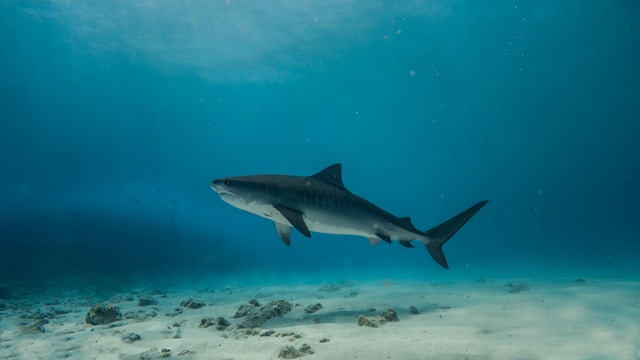
- The Pitcairn Angelfish (Genicanthus spinus): Just a stunning fish you can only find here.
- Lots of colorful Squirrelfish (Sargocentron), Soldierfish (Myripristis), and heaps of different Butterflyfish (Chaetodon) species brightening things up.
- And you’ve got the big guys too! Predators like Galapagos sharks, whitetip reef sharks, and grey reef sharks cruising the reefs, which is actually a good sign of a healthy, balanced ecosystem.
But it’s not just about the fish. The biodiversity goes way beyond that. You’ll find brightly colored molluscs, little crustaceans hiding out in cracks and crevices, and graceful sea turtles just cruising along in the currents. It’s like a bustling underwater city, really – a powerful reminder of what ocean life can look like when it’s left relatively undisturbed.
Going Deep: Wonders of the Abyss
The waters around the Pitcairn Islands don’t just stay shallow; they plunge dramatically down into the deep sea. And that area? It’s mostly unexplored and holds its own set of mysteries. Research missions looking into Pitcairn’s underwater life, often using clever remotely operated vehicles (ROVs), have started giving us glimpses of the deep-sea species found down there. Scientists have stumbled upon fields of hydrothermal vents and run into some seriously bizarre-looking fish that have adapted to live under intense pressure and total darkness. Kinda creepy, kinda cool!
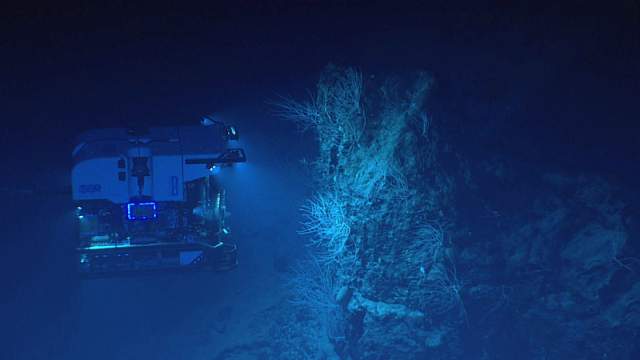
Adding to the intrigue is all the underwater volcanic activity near the islands. I mean, the islands themselves are volcanic peaks, right? So, the surrounding seabed has these underwater mountains (seamounts) and vents that mess with the local currents and water chemistry. This could be creating unique spots for specialized ocean critters to live. Seriously, who knows what undiscovered creatures might be lurking in those crushing depths?
The Coral Reefs: Pitcairn’s Underwater Gardens
Okay, let’s circle back to those super important coral reefs in the Pitcairn Islands region. They’re mostly made up of hard corals, the kind that build up these complex, beautiful structures over hundreds of years. Surveys have found that many areas are in amazing, pristine condition. We’re talking huge stretches with 100% live coral cover – something that’s incredibly rare in today’s oceans! These reefs aren’t just pretty to look at; they’re absolutely vital for keeping the whole ecosystem in balance. They provide food and shelter for so many species and even help protect the islands’ coastlines.
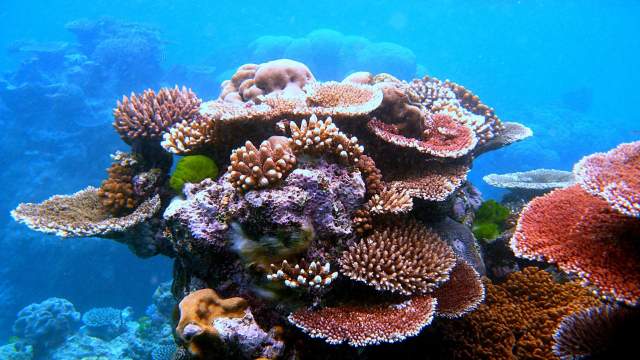
Now, while tourism is super minimal, you can imagine that the clear waters and vibrant reefs would theoretically make for some unbelievable snorkeling spots around Pitcairn. Getting there, however, is really restricted and carefully managed to protect this fragile environment. The main focus is definitely on keeping it safe, not exploiting it.
Protecting Paradise: The Challenges and the Wins
Even though it’s way out there, the Pitcairn Islands marine environment isn’t totally safe from global threats. Climate change is a growing worry, you know? The impact on the marine ecosystem, especially with ocean warming and acidification, could pose a real risk to those sensitive coral reefs. And marine pollution, particularly plastics that drift in on ocean currents, is another challenge. It really shows how connected all our oceans are – trash from far away can end up even here. Illegal fishing is also something they need to keep an eye on, even though the MPA status and patrols make it much harder.
This is exactly why the conservation efforts for Pitcairn Islands marine life are so critical. Setting up the MPA? That was a massive, monumental step. Ongoing studies, like the awesome National Geographic Pristine Seas expeditions, give us the vital data needed to understand and manage this ecosystem properly. And while big commercial fishing is banned, they have strictly regulated, sustainable fishing practices that let the local community catch fish for themselves. It’s about ensuring they have food while also protecting the fish populations for the long run. Marine conservation here really is a team effort involving the locals, the UK government, and scientists and conservation groups from around the world.
Ecotourism: Finding That Tricky Balance
Yeah, the idea of visiting a place this pristine sounds incredible, doesn’t it? But the potential impact of ecotourism on the Pitcairn Islands marine environment needs some serious thought. Maybe very limited, high-value tourism – the kind focused on research, education, and just appreciating this unique place – could possibly bring some economic benefits to the islanders and actually help fund conservation. But, and this is a big but, it would have to be managed super carefully to prevent any damage. Any tourism has to put environmental protection first, making absolutely sure that the very things drawing people in – that untouched nature and amazing marine life – aren’t harmed in the process. Think small-scale trips, maybe carefully guided dives (if allowed), and experiences that actually give back to the research and monitoring happening there.

The Future is Deep: Keeping Pitcairn’s Legacy Safe
Honestly, the marine life in the Pitcairn Islands gives us a precious glimpse into what healthy ocean ecosystems can look like. From those sunlit coral reefs buzzing with fish found nowhere else, down to the mysterious deep-sea vents supporting unique life forms, this remote slice of the Pacific is a genuine global treasure.
Making sure marine conservation continues to succeed here really depends on ongoing research, keeping a close watch on things, taking global action on climate change and pollution, and the solid commitment of the Pitcairn community and their international partners. The untold story of Pitcairn’s underwater world? It’s still being written, one incredible chapter at a time. Let’s really hope that future generations can still marvel at the wonders hidden beneath the waves of this extraordinary place. What do you reckon is the most important thing we need to do to protect remote ocean sanctuaries like this one?
